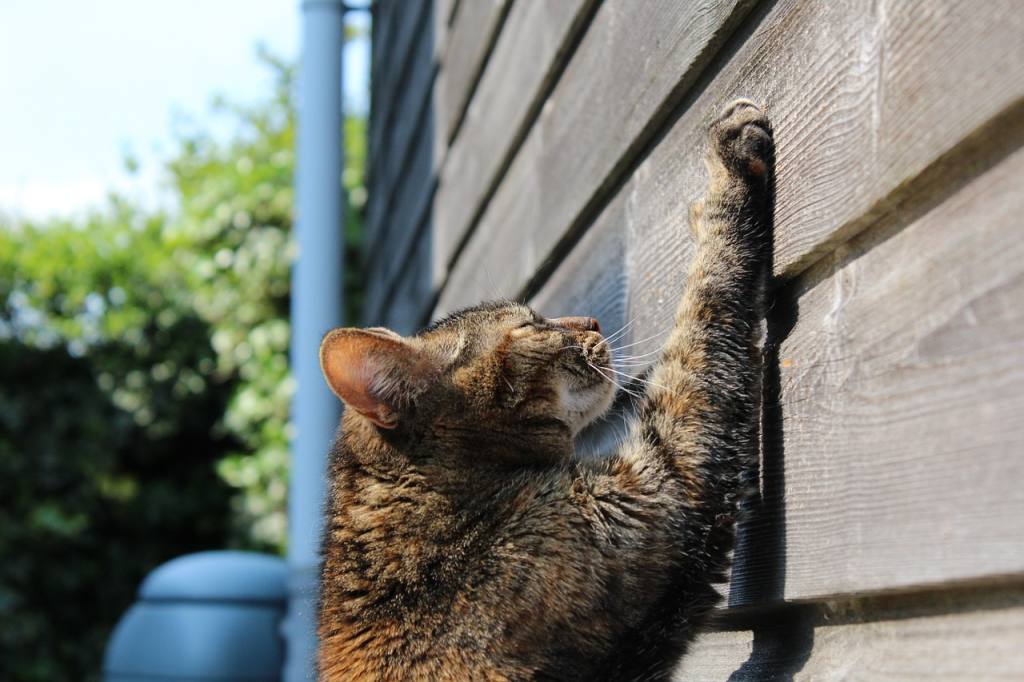The Nature of Cats: Understanding Your Cat's Instincts
Cats are fascinating creatures, known for their independent and mysterious nature. However, their behavior is deeply rooted in instinct, and understanding these instincts can help you better understand and communicate with your feline friend.
Predatory Instinct
First and foremost, cats are natural predators. They are hardwired to hunt and kill prey, even if they have never been taught how to do so. This instinct can manifest in various behaviors, such as stalking, pouncing, and batting at toys. Indoor cats may not have access to live prey, but providing them with toys that simulate hunting can satisfy this instinctual need.
Territorial Needs
Another important instinct for cats is their need for territory. In the wild, cats establish and defend their territory to ensure access to resources such as food and water. Indoor cats may not have the same need to hunt for food, but they still have a strong drive to mark and defend their territory. This can lead to behaviors such as scratching and rubbing against furniture or walls, as well as vocalizing to signal their presence to other cats.
They Need Their Alone Time
Cats are also social creatures, but their social structures differ from those of humans and dogs. In the wild, cats are typically solitary hunters, but they do form social groups when resources are plentiful. This can be seen in domestic cats, who often form close bonds with their human caregivers and with other cats in multi-cat households. However, they also have a strong need for alone time and may become stressed if they do not have a space to retreat to when they need it.
They Love Climbing up High
One of the most well-known feline instincts is their love of high places. In the wild, cats climb trees to escape predators and survey their territory. Domestic cats may not face the same dangers, but they still have a natural inclination to climb and perch in high places. Providing your cat with access to high perches, such as cat trees or shelves, can satisfy this instinct and also provide them with a sense of security and a view of their surroundings.
Strong Instinct to Groom Themselves
Finally, cats are known for their grooming habits. In the wild, grooming serves both practical and social purposes. Cats groom themselves to remove dirt and scent marks that could give away their location to predators, as well as to maintain their coat for insulation and waterproofing. They also groom each other as a form of social bonding. Domestic cats may not have the same need for camouflage, but they still have a strong instinct to groom themselves and others.
Why Understanding a Cat's Behavior Is Important
Understanding these instincts can help you better understand your cat's behavior and provide for their needs. For example, if your cat is scratching at furniture, providing them with a scratching post or pad can give them an appropriate outlet for their territorial marking instinct. If your cat is meowing excessively, they may be trying to communicate their presence to other cats, so providing them with a space to retreat to may reduce their stress. Overall, cats are complex creatures with fascinating instincts and behaviors. By understanding these instincts and providing for their needs, we can build strong and fulfilling relationships with our feline friends.

